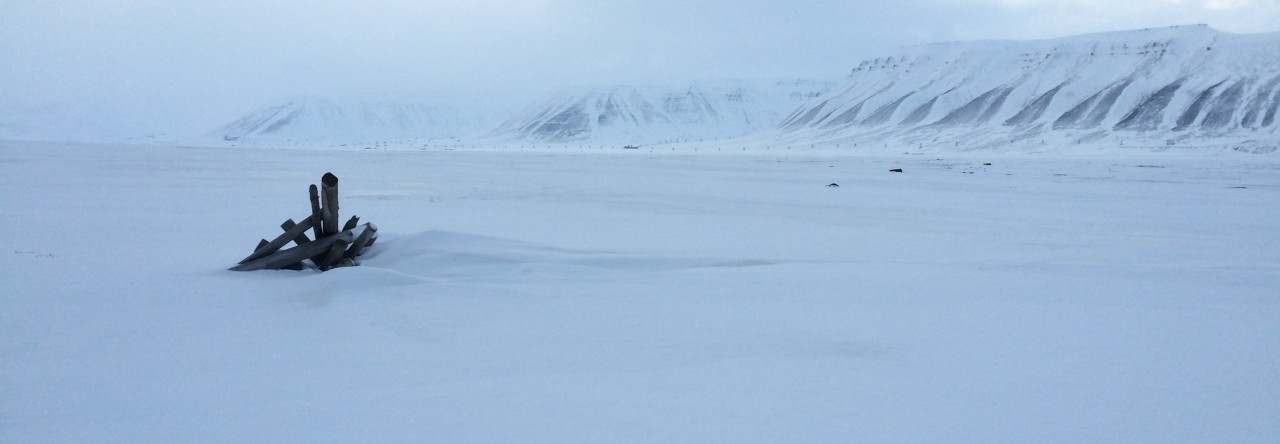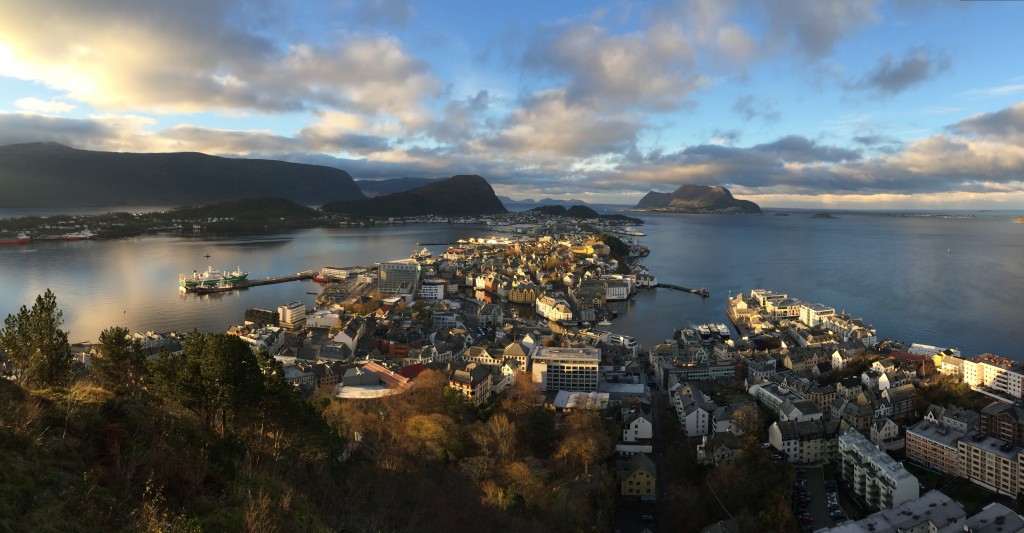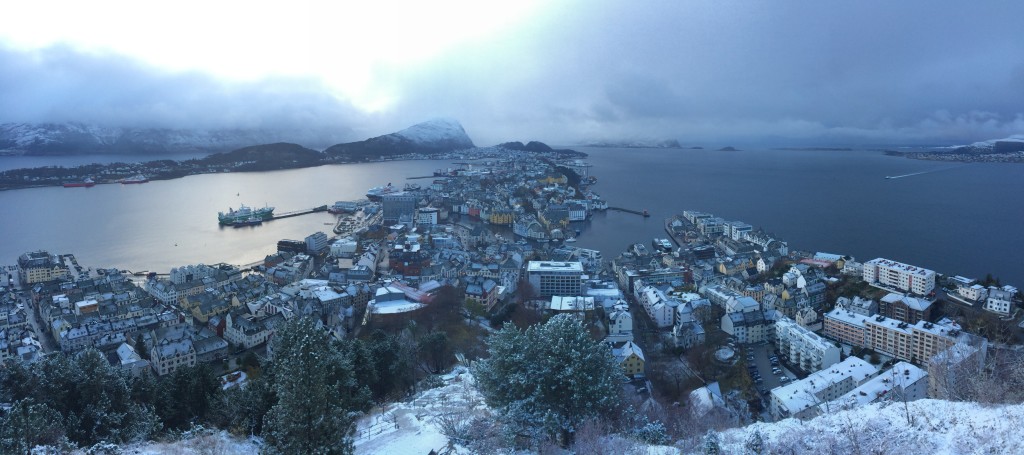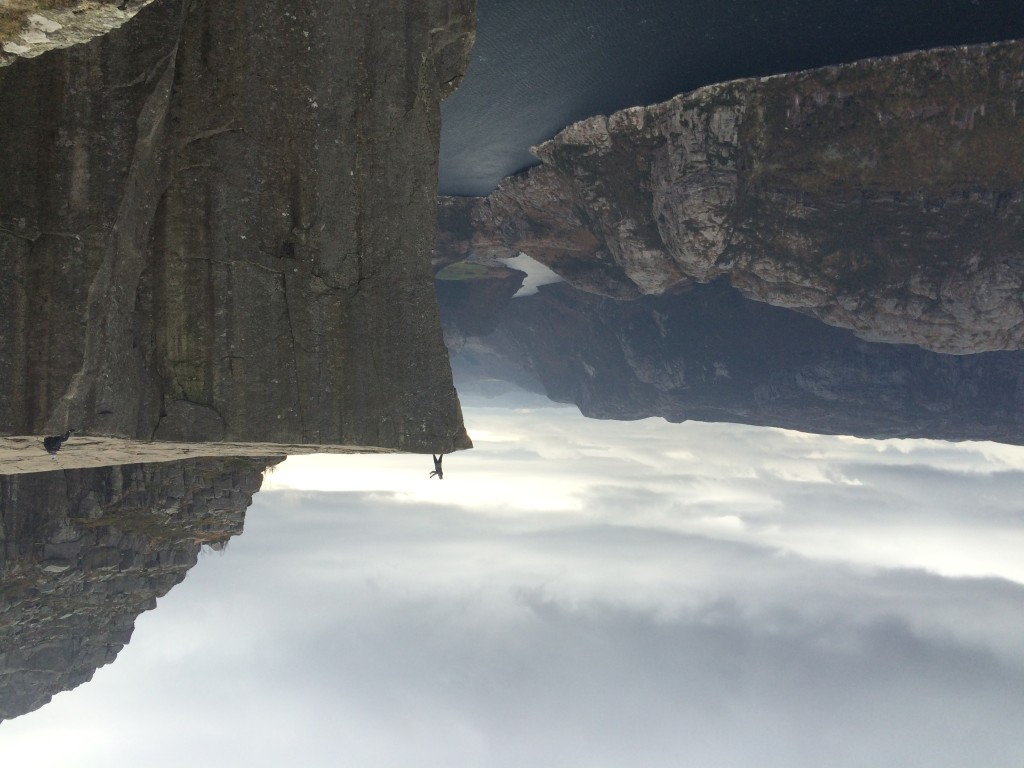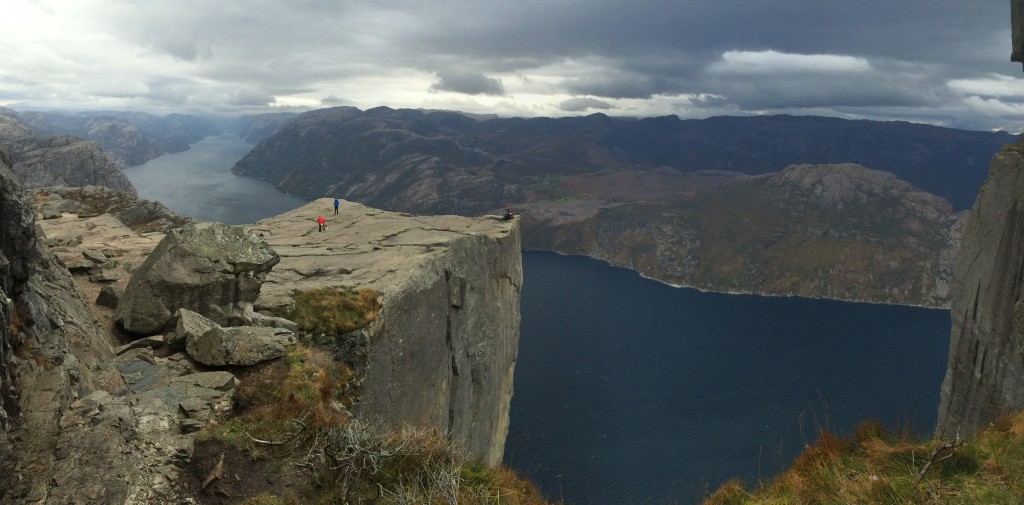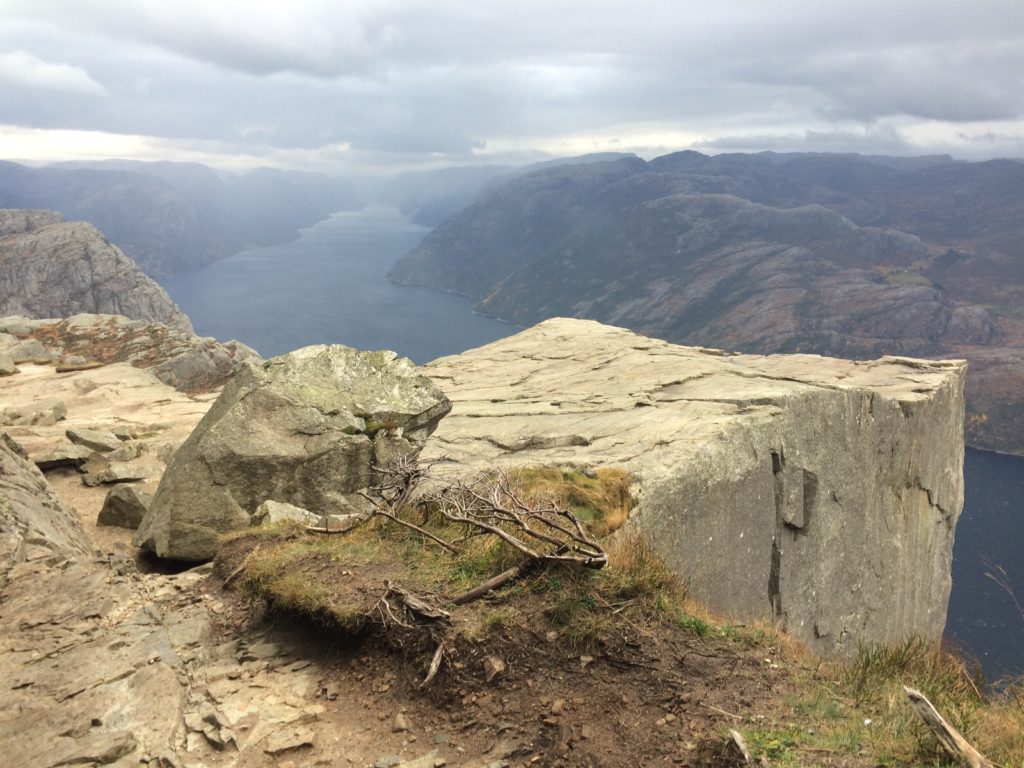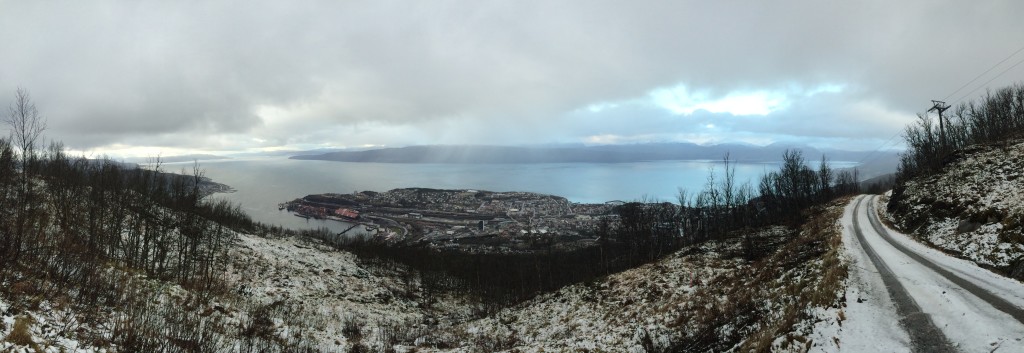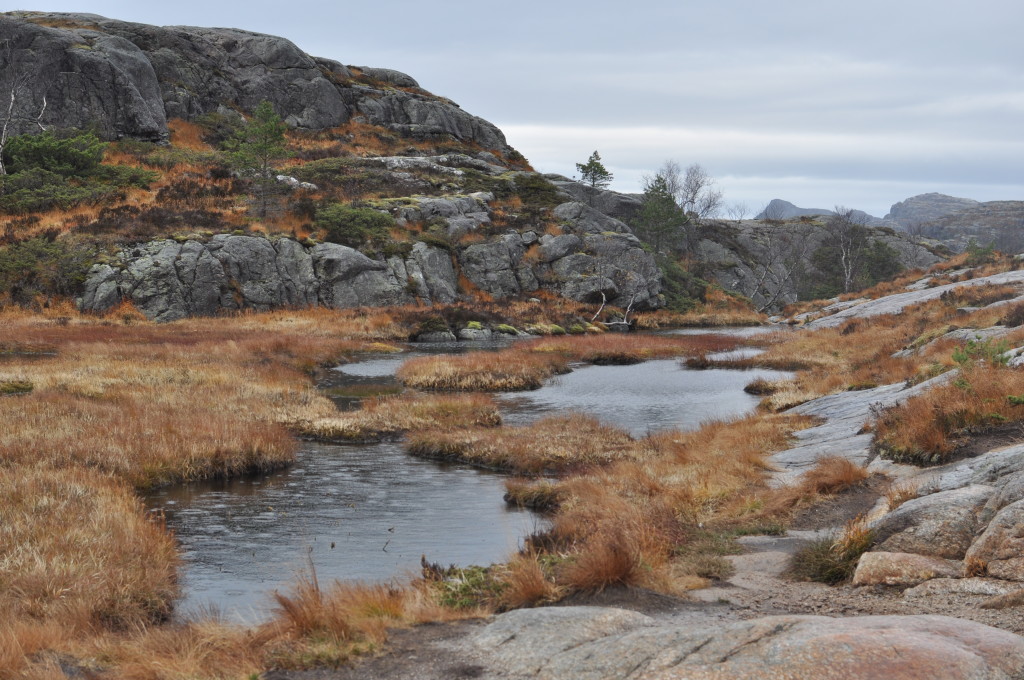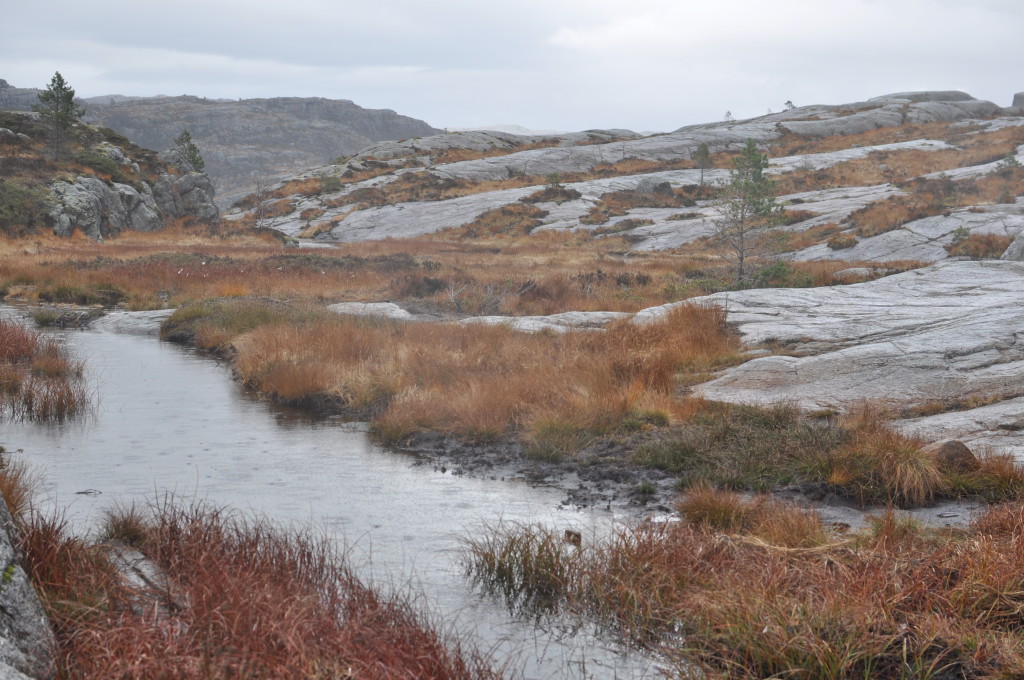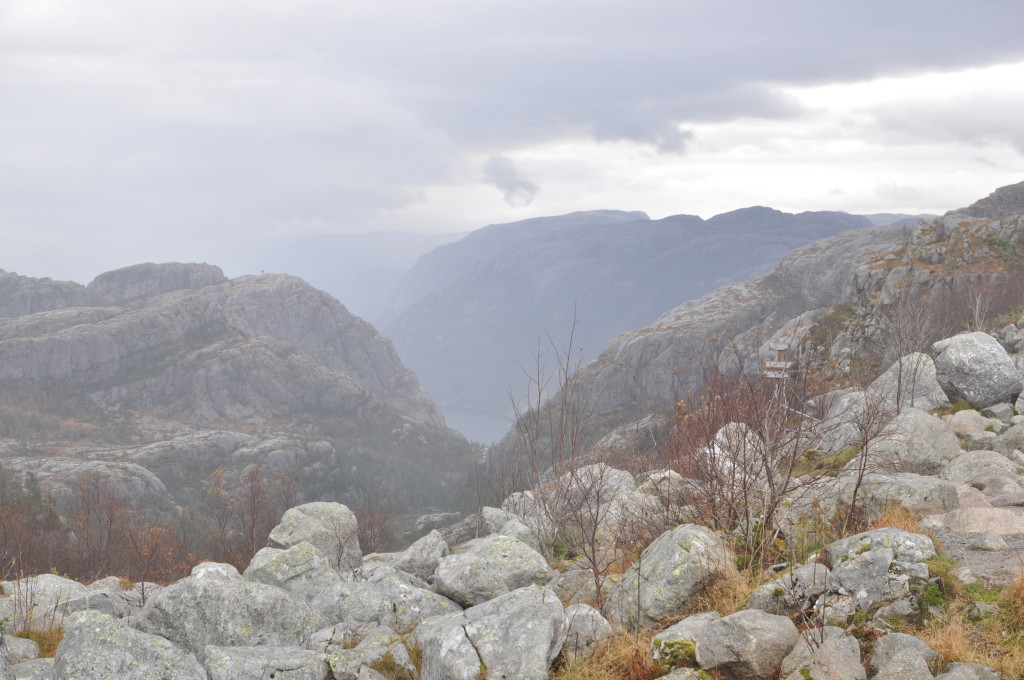I’m sending love and care to the terrorized people of France, also thoughts of rest—as well as anger on their behalf—and a sort of deep, deep, generalized frustration, unsure where it ought to land, about the persistent why of such suffering, the origin and taproot of its ideologies that seem always to lie a little deeper than we’ve been able to dig.
And I’m sending the same love and care to people terrorized all over the world, no matter their nation.
I can’t understand it, and I do not envy the politicians, the heads of state, the commanders of vast instruments of destruction, the cultural leaders, their position right now. But I do join many others who’ve spoken already in their call to respond with care and the deepest compassion we can muster. Many are afraid of how Western leaders will respond, assuming more violence, more insult, more sabre-rattling, more fire-stoking, etc. It will again be easy to conflate the completely fucked up hate-work of ISIS with the vast majority of Muslims, who are humane, loving people, like (I believe on my best days) the vast majority of Americans, many of whom ARE Muslim or the vast majority of the French, many of whom ARE Muslim. It will again be easy to forget the depth of violence carried out in the name of Christianity (and I don’t mean way back in the Crusades, but today), and in the name of Democracy. It will, in other words, again be easy to justify violent response, both on the part of nations and on the part of their private citizens, to versions of “difference” that fit conveniently into simplistic narratives of “us” vs. “them,” and drum up the easy but dangerous pleasure of bias confirmation. I hope we move further into this inevitable mire more thoughtfully than that.
The bulk of my role as a Fulbright Scholar this year is to be something of a representative, a sort of cultural ambassador, for the ungainly, cumbersome, not-altogether-easy-to-love nation of the United States, its ogre of a government, its irreducible multitudes of people. But I’m in no way responsible or expected to know something special about international governmental relations, or to have any sort of official opinion about anything at all. Indeed, the disclaimer on this blog demands that I’m but a private citizen (as tangly as the term “citizen” is). Still, in the wake of last night’s terror in Paris, I’m trying to think through things. And as I do so, my thoughts are full of care and love for the people terrorized, the families of the dead and injured, the people of France, and my own friends and companions who are in some cases directly affected by this horror.
And there are of course other thoughts—thoughts of a more political nature—that this kind of event stirs up. They aren’t new ones. They’re all knotted up (a metaphor I feel like I’ve turned to so often lately) in the seemingly intractable tension between the “West” writ large and what- or whomever is not the West. I wrestle with my own thoughts. I think of J. William Fulbright’s notion that I recalled only recently in this blog, that the purpose of international exchange is to “convert nations into peoples and to translate ideologies into human aspirations.” I really do value this way of thinking because it is an attempt to demonstrate by interpersonal relationship, communication, empathy, and care, that the acts of nations are not reducible to the acts of the manifold people who bear those particular political labels (and neither are the acts of people reducible to those of the nations that claim them). This is vital when you’re an American abroad, given the less-than-positive view much of the world has of the activities of the US worldwide since WWII. I do believe that much good has been done, but much damage also. And I don’t know if the balance tips either way. So it seems to me that, somewhat simply, the failure of vision that gives way to acts of terror is the failure to see people as something more than nations, something more than pure products of ideologies. This has always been my frustration with the logic of war: that human beings become absolutely expendable as mere appendages of a political or religious ideology. That in the context of political or religious conflict, humans temporarily suspend their own humanity, despite the lingering truth that politics and religion are supposedly enterprises rooted in the very idea of what it is to be a human. At the risk of seeming glib, I think of the illicit address to the camera by manager at Stan Mikita’s Donuts in Wayne’s World in which he asks, “Why is it that when you kill a man in the heat of battle it’s called heroic, but when you kill a man in the heat of passion, it’s called murder?” This is the facelessness, the inhumanity of war and terror alike.
And to be sure, international educational exchange has its risks, not least of which is the fact that human personality, which I’ve been preoccupied with the last couple years, is knitted right in there: the “person” whom the “other” encounters, no matter the direction in which the encounter occurs, may well be an ass or a fool. In other words, people are people, in the last analysis, and the image of the people that someone gets via any particular person may well not be a positive one that generates more empathy. But it will be an avenue to hope. Fulbright wrote in The New Yorker in 1958 that “The exchange program is the thing that reconciles me to all the difficulties of political life. It’s the only activity that gives me some hope that the human race won’t commit suicide, though I still wouldn’t count on it.” A glimpse of his realism, there, in the heat of the Cold War. Power, I guess, is also part of humanity. How do we hold that problem in our hands?
But all this raises the question of how successfully people can really escape, even for a moment, the conditions of their political identity. How able are we, really, to suspend the baseline of the lifeways and the habits of thought against which we are wont to measure our socio-cultural expectations, the assumptions against which we measure difference and compare ourselves to “others.” No matter how deeply we cultivate our empathy, our willingness to imagine how others see the world, it’s nearly impossible to unhitch our self-centeredness. Western media is right now obsessing over the terror in Paris last night. I watched and read and listened as it unfolded last night, until I was too tired to continue; I was reading multiple news outlets this morning and listening to the non-stop coverage and discussion on Norwegian public radio (NRK) all the while (even while I did the crossword—people continue to live their lives in the midst of horrors), and the front pages of every Western media outlet are entirely consumed with Paris. I came home after being out for several hours and NRK was still in the midst of nonstop coverage on its main channel. Yet, as many writers (and social media friends) have already pointed out, a similar terrorist attack was carried out in Beirut only two days ago, killing 43 and wounding upwards of 200. Every morning I read the New York Times and listen to NRK. I glance at newspapers in cafes and on the streets or in the (idyllic) breakfast halls of the hotels I stay in. Yet I hardly heard about the acts in Lebanon. It was a level two or three headline. One story among several others. It was certainly not the whole front page of any Western paper. “We,” in the West, feel that attacks on the soil of Western nations are attacks on our own. We almost expect such violence on, say, Middle Eastern soil, because most of us secretly believe that violence is more “natural,” or at least more usual, there, that “those people” are somehow more liable to violence, given what we (think we) see of their societies. We too often see the people in those nations in the same way we imagine people under the logic of war: as appendages of a foreign political or religious ideology. Because of the acts of a few, and too often a highly powerful and highly corrupt few, we temporarily suspend our belief in the complex humanity of the people who really live there. We imagine a little too quickly that the norm of political life in the West is peace and the norm of political life elsewhere is violence. Erna Solberg, the Norwegian Prime Minister, said in her response that “we do with words what ‘they’ do with weapons” (a rough translation from memory). And indeed, she is specifically talking about ISIS, but I fear how quickly the fringe gets conflated with the whole when it comes to these things. President Obama insisted that this was an attack on our “shared universal values” (and again, no such response to the attack in Beirut, as though we don’t share universal values with ‘them’). It’s as though ‘they’re’ used to violence in those other places. As though it’s not quite news. I don’t like that assumption. I don’t like how it feels, even as I catch myself making it. I want to practice thinking differently, cultivating a different kind of empathy.
And indeed, millions wouldn’t be fleeing their homelands to places like Sweden, Norway, or Germany, or wherever, if they were “used to it,” if the violence currently wracking the Middle East was somehow to be expected. And I get it: I certainly will admit that, two years ago, when I was stranded for 48 hours in Khartoum, Sudan, on my way to Addis Ababa, Ethiopia, to teach in a summer program, I was a little taken aback by the highly visible, almost unremarkable presence of assault weapons on the street or carried by everyday security guards. The same is true when we take students from The Northwest School to El Salvador. Even in Addis, the security guard who was stationed at the entrance to the school was a super-friendly fellow with whom we made jokes and gave hi-fives and big smiles each time we came and left. He carried a very large assault weapon. So it’s easy, thoughtless, even, to make assumptions about what a “normal” level of violence is given what seems so plain to see. But then, how many school shootings do we need in the United States before we acknowledge the limitedness, the selectivity of our vision? How many shootings of young black men, however “violent” they may be towards the police (who harass them unevenly, compared to their white neighbors)? How many abuses and sometimes murders of people of alternate sexual and gender identities and expressions? I don’t write these things to denigrate the US. In fact, I love being American, in my way. I value the sort of freedom and opportunity my nation affords me more highly than most things. But I’ve learned to recognize that I am afforded these privileges in part due to my skin color and heritage. That they are not shared by all, even in my own nation. The theory is so beautiful. The practice has not been so. Our struggle is, as ever, to close the (arguably huge) gap between the idea we celebrate and the lived experience that bears it out, which has so far excluded so many more human beings than “we” like to admit.
One of the exercises in my US Constitution workshop for Norwegian high school students is to have them translate the preamble into Norwegian. My own grasp of the language allows me to help them understand or ask interesting questions about the translation choices they make. I’m always particularly struck by their translations of these two parts: “to ensure domestic tranquility” and “provide for the common defense.” In Norwegian, there are at least two words for “tranquility” that work here: ro and fred. The former means “rest” or “calm” (e.g., the phrase ta det med ro means “take it easy”; the adjective rolig means “peaceful,” as when the barista at a cafe called Oslo K yesterday said this spot is more rolig than the busier cafes over in Majorstuen, with the glut of high-end boutiques and foot-traffic there). The latter, fred, means, more aptly, “peace.” Fred is the word you’ll see in Christmas carols that sing of peace on earth, and it’s the word that is more commonly used as the opposite of war. Thus, it has a little more political valence than ro. Yet, Norwegian students offer one about as commonly as the other in their translations. “Domestic tranquility” becomes either hjemmelig ro (“homely rest” or “rest at home”), ro i landet (“rest in the country”), or innenriks fred (“domestic peace”). Likewise “common defense” becomes felles forsvar (“common defense”) or felles beskyttelse (“common protection”). Constitutions are, naturally, self-centered: they don’t provide for ro i verden—”peace in the world”—but ro i landet, peace limited to the artificial political boundaries we draw around ourselves. This is to be expected. I’m not trying to say this is wrong-headed somehow (i.e., I’m eliding the question of whether the very idea of a nation-state is or isn’t wrong-headed), only that self-centeredness a natural part of nation-building (in my Civil Rights workshop, I ask students to define the terms “ethnicity,” “nationality,” and “race,” which always raises really good questions around the issue of civic self-centeredness). At any rate, certainly a constitution that aimed to ensure ro i verden or utenriks fred—that is, “foreign peace”—would provide for quite the global disaster. And yet, laying implicit claim to a political ideology that assumes peace as the norm, the West, as the self-styled pure products of the European Enlightenment, too often sees itself as the sole agent, or sole proprietor, of ro i verden.
Moreover, at the same time, I’ve been giving a presentation on the history of American Civil Rights. If there is a way to give the lie to American domestic tranquility, our record of civil rights and equal protection of the law is perhaps the best way. I include in my Civil Rights presentation the litany of racially motivated cases of violence against (especially) young black men by (mostly) white perpetrators (whether police officers or white-supremacist kids) and some of the startling statistics of incarceration that reveal something about the motives of our justice system during the past, well, hmm, during the past 394 years, since the first slaves were brought to Virginia in 1619. These facts offer somewhat of a challenge to the success of “ensuring domestic tranquility” in the US for all those who dwell “domestically.” Despite the United States’ myriad successes in building a concept of a peaceful, humane society, our nation and the people who bear its label, have struggled mightily to figure out who belongs in the category of “domestic” and who is included in “common.” Who, really (and this is a cliche, I know) constitutes the “We” of “We the People”?
Many of us have it really good. Many of us have never had to ask whether or not “we” are part of that “We” that so meaningfully opens the Constitution. Ta-Nehisi Coates wrote an essay in the New York Times op-ed section a few years ago in which he made a comment that really got to me. You may disagree with his larger point in the op-ed, but his comment, I think, is profound: “We,” he says, meaning African-Americans, “were never meant to be part of the American story.” I think he’s right. We wouldn’t have been so thrilled, or so surprised (even those of us who voted for him), when Barack Obama was elected President of the United States of America, if it weren’t so. To be sure, black Americans are, and always have been, a part of the American story, just not the one that is told and retold under the rubric of “Freedom, Opportunity, Democracy, Equality,” etc., etc., and all the beautiful things we celebrate about ourselves. If we’re going to mean it when we celebrate American democracy in the twenty-first century, the the first truly global century, in which human beings will doubtless need to begin to tell a new story as a changing climate forces us all together, we will need to be able to look at ourselves and our secret assumptions, even in the midst of what appears to be outright, unadulterated evil perpetrated by a fringe group proudly claiming a label and so dragging so many millions of unsuspecting, innocent human beings into the mud with them.
The great challenge is knowing our own limits of tolerance, and knowing how and when to change those limits. I admit I have my own struggles, even with moderate Islam. I believe, and I dare say universally, in women’s rights, and I haven’t yet been able to see parts of Islamic practice, as it’s carried out today, as anything other than denigrating to women. I am appalled by the hatred spewed towards LGBTQ people worldwide. But then, that’s not unique to Islam. So my point is simply that we be careful. I cannot stand the things that are carried out by the force of ideology, of belief. I hate what has happened in France. I fear that similar things may happen in places even closer to my homes. It’s so very difficult to get out of it. But I only mean to say that it’s important that we remind ourselves that we all have one or another ideology. That none is immune to it. That our greatest challenge (and I mean this for all “sides”) is to imagine the experience of others, even others whose radically different appearance, worldview, ideology, is unrecognizable to us, is wholly foreign to our own. President Hollande called the terror attack on Paris “unprecedented.” Maybe that’s true, if he means attacks by foreign ideologies. But we must remember, however long ago, that other “Terror” that came absolutely from the inside, at the dawn of the French Revolution. Enlightenment thought has long been highly prone to violence. “Terror” is not unique to foreign ideology. It is almost always the product of a few shockingly committed humans seeking power at all costs, based on the depth of their commitment to, their inculcation in, an ideology. So we must always examine our own ideologies when we are in the moment of casting harsh judgment on others whose lives we don’t quickly recognize as “familiar.”
I don’t know what the right solution is to ISIS. They seem like a truly evil force in the world. I fear sweeping military action because of the inevitable collateral damage. The unwitting numbers who sacrifice their lives in a flash. I fear the tendency toward suspension of habeas corpus, the suspension of human rights, the suspension of the very values we implicitly defend when we heave our righteous anger towards threatening ideologies like ISIS. So I hope we step carefully, all of us, into the swamp to come.
Strangely, and maybe a bit ironically, I’m drawn to Thomas Hobbes, speaking of Enlightenment. I think his articulation, in 1651 in Leviathan, of the reasons human beings band together to form societies, is beautifully put. He says, early in the text, that the “Passions that encline men to Peace, are Feare of Death; Desire of such things as are necessary to commodious living; and a Hope by their Industry to obtain them.” Commodious living! How lovely a concept. But it’s that last one that I like. We live together because we have hope that our creativity and our care are enough to make the world not just inhabitable, but inhabitable well. We are going to need to figure out how to do that together more and more urgently.
The Fulbright quotes, as before, came from here: J. William Fulbright Quotes.
